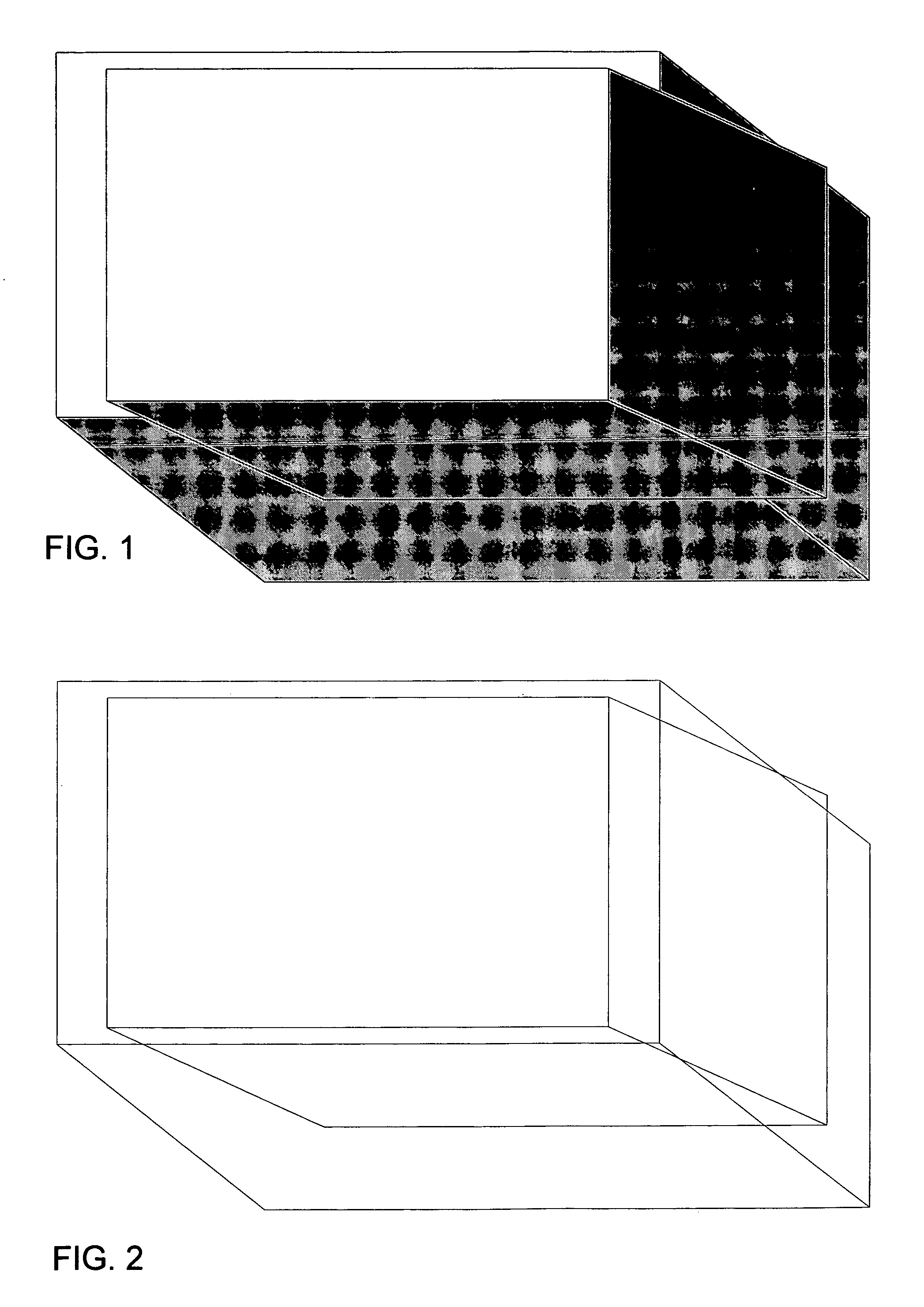Pattern recognition for sheet metal part models
a technology of pattern recognition and part models, applied in the field of computer-aided design of sheet metal parts, can solve the problems of inaccurate and time-consuming direct comparison of 3d geometries of part shapes, inability to find similar parts, and inability to accurately compare parts. to achieve the effect of facilitating the search for similar parts
- Summary
- Abstract
- Description
- Claims
- Application Information
AI Technical Summary
Benefits of technology
Problems solved by technology
Method used
Image
Examples
Embodiment Construction
[0036]The present invention is directed to identifying patterns in sheet metal part shapes. The identified patterns can be used for searching sheet metal part models stored in a database.
[0037]An object of the present invention is to recognize patterns in sheet metal part shapes. Such patterns can be recognized by a variety of types of analysis. In one embodiment, a moment of inertia is applied to the sheet metal part to determine a characteristic of the part. Other types of analysis can be used to determine additional characteristics (i.e., feature vectors) of the sheet metal part. A user can specify multiple characteristics for a part, and thus, capture a view of the user.
[0038]By observing the different characteristics of the sheet metal shapes, a search engine specific to searching sheet metal part shapes can be defined. To overcome the ambiguity of previous search methods for 3D shapes, an aspect of the present invention incorporates dual dimensional feature extraction. Dual di...
PUM
| Property | Measurement | Unit |
|---|---|---|
| size | aaaaa | aaaaa |
| shape | aaaaa | aaaaa |
| weight | aaaaa | aaaaa |
Abstract
Description
Claims
Application Information
 Login to View More
Login to View More - R&D
- Intellectual Property
- Life Sciences
- Materials
- Tech Scout
- Unparalleled Data Quality
- Higher Quality Content
- 60% Fewer Hallucinations
Browse by: Latest US Patents, China's latest patents, Technical Efficacy Thesaurus, Application Domain, Technology Topic, Popular Technical Reports.
© 2025 PatSnap. All rights reserved.Legal|Privacy policy|Modern Slavery Act Transparency Statement|Sitemap|About US| Contact US: help@patsnap.com



